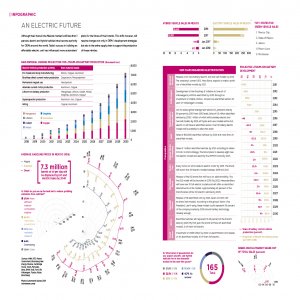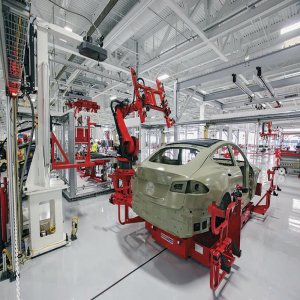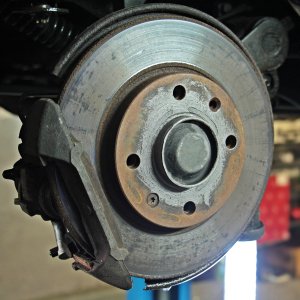Improving Workforce Productivity in the NAFTA 2.0 Era

STORY INLINE POST
Unlike their foreign counterparts, Mexican companies tend to focus on time spent at work rather than how productive that time is, a trend that will have repercussions in the long run, says Gabriel Alvarado, Vice President and General Manager Latin America of Kronos, a global leader in workforce management.
“If NAFTA 2.0 forced Mexico to raise its salaries, Mexicans would need to boost their productivity and that cannot be translated into more man hours.” Alvarado points out that higher salaries resulting from NAFTA 2.0 would force the Mexican workforce to remain competitive by other means. “The challenge is having Mexican workers produce more than US workers in the same amount of time,” he says. “It is necessary to compare how much a Mexican worker produces compared to workers in countries where wages are higher.”
Kronos’ core business is addressing labor processes and automating them through digital means to increase productivity. As Alvarado says, “Kronos is in the business of making people produce more in the same time and doing the same activity.” He points out that Mexican manufacturing companies offer many opportunities for Kronos to introduce its labor optimization and worker performance monitoring solutions.
While the country’s workforce culture is migrating from a focus on entrance and departure times to paying greater attention to employee productivity, companies in Mexico tend to lack the analytical intelligence tools to monitor each employee’s productivity and compare it to a benchmark, which is an opportunity for Kronos to optimize their labor processes. “We calculate how much a Mexican worker produces and compare that to the global average,” he says. “If there is a gap, we identify why a worker produces more or less so corrective measures can be taken if necessary.” He underlines that the reason why production is greater or lower may be related to training, skills or processes being overly manual.
A key hurdle to Mexican labor becoming more productive is in the way companies allocate work assignments. “Companies continue to assign activities based on empirical experience of supervisors, while not all of them are equally experienced,” Alvarado says. The use of an automated process and digital technology can enable supervisors to transmit their best practices to improve labor quality. Kronos does that by keeping a roster of employees in which each position has its own KPIs on quality, output, skills and certifications. The company can continuously monitor these indicators and align the employee roster with an activity in real time.
To cut back staff turnover, Kronos also makes an effort to ensure employees are treated justly and with consistency, adds Alvarado. He explains that supervisors usually give preferential treatment to employees with whom they have a good relationship, which tends to make some workers feel they are being treated unfairly. Kronos created a series of labor procedures to ensure the just and consistent application of company rules. According to Alvarado, the main reason why people quit jobs is difficult relations with their bosses. “When employees feel they are treated justly, their engagement and commitment to the organization increases,” he says. Kronos offers companies the ability to move employees between production lines depending on the immediate needs of the company. Alvarado says that if necessary, a supervisor can pull a worker with special skills from one step in the production line to another, reducing expensive downtimes while also rewarding employees with better salaries. “An employee who is paid in a differentiated way according to skills gets both a feeling of recognition and a better payment for hours worked at a preferential rate,” says Alvarado.
Kronos attacks three key segments with three different solutions. The company’s Workforce Ready product is oriented to SMEs while Workforce Central and Workforce Dimensions are more suitable for global companies with thousands of employees. According to Alvarado, Kronos Dimensions employs artificial intelligence (AI) to predict processes and is based in the cloud. “Business analytics can tell companies what happens on their lines in real time but combining it with AI makes the process predictive,” he says. This allows Kronos Dimensions users to predict what might happen in the future and make decisions accordingly. “Users upload their monthly targets and the system indicates how likely the company is to reach them while preventing problems.”
























